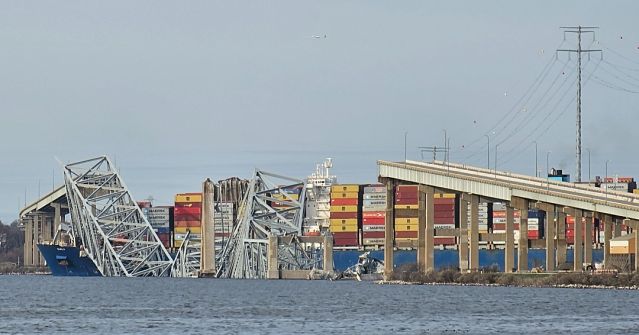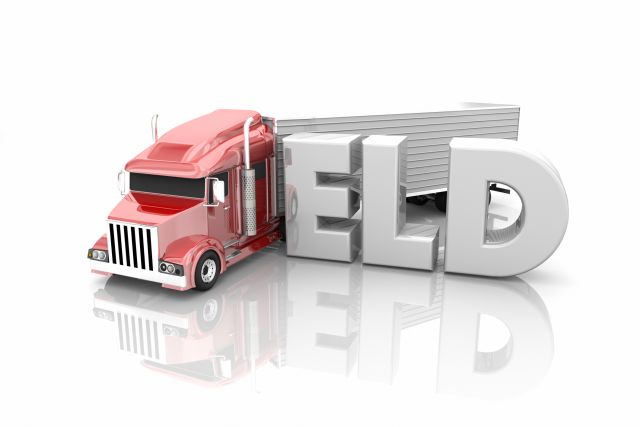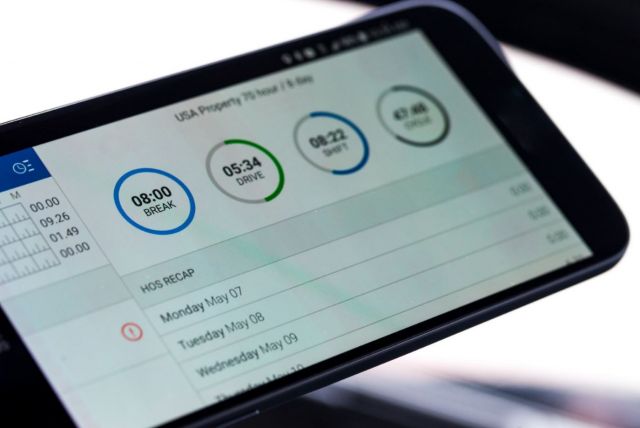The transportation and logistics industry is going through a technological revolution. Technology is playing an increasing role in the sector, and companies know they need to adapt them to survive. Robotics, AI, data analytics, and other technologies are changing traditional supply chains, creating the potential for automation and improved efficiency. Shippers and carriers recognize the value of these technologies but integrating them can be challenging. New technology is developing so rapidly that businesses are facing an uphill battle trying to keep up with innovation.
A recent report from DHL showed that 75% of businesses recognize the potential cost reduction benefits of information technologies, 71% of companies consider transportation to be a strategic component of their business, and 63% believe that big data, AI, and other technologies could enable smarter transportation operations. Yet 95% of companies are not yet fully exploiting that potential.
Instead, shippers are increasingly turning to third-party logistics providers (3PLs) to supply technological benefits to their supply chains. It’s easy to understand why- they simply do not have the resources to investigate and adopt emerging technologies, especially at the rates that they are changing.
“It would be hard for shippers to do that,” said Jason Gillespie, director of Continuous Improvement at DHL Supply Chain, North America. “We’ve worked with customers that adopted some of these technologies before partnering with us. Lots of times they don’t know what success looks like. They didn’t know how to integrate these technologies with their own systems. We can do better on their behalf.”
E-commerce is partly to blame for this rush of technological innovation in the transportation and logistics industry. Consumers are increasingly demanding quick and efficient deliveries. This has resulted in a rush of companies coming out with new technologies aimed at making consumer deliveries faster, better, and cheaper.
Smaller shippers struggle to afford or properly utilize the technologies that help make this possible. Warehouses now need systems that cut order-processing times, transportation companies need management systems that optimize transportation modes and routes, and some warehouses are now even adopting automation and robotics to fulfill consumer orders.
Meanwhile, 3PLs are better suited to take on the adoption of these technologies, passing on the benefits to shippers that use their services. 3PLs today are integrating technologies that optimize transportation, provide better visibility and offer various value-added benefits.
DHL increasingly sees its role as normalizing and experimenting with emerging technologies for the benefit of customers. “They can leverage our ability to scale,” said Gillespie. “They don’t have to invest in costly transportation management systems because they get that with us.”
Moving forward, technological benefits will be a huge selling point for 3PLs. At TRAFFIX, we’ve invested in digitization to provide our clients with all of the cost-saving, waste reducing, and improve efficiency advantages that come with the latest technologies. If you want to learn how TRAFFIX can help your business, contact us!



